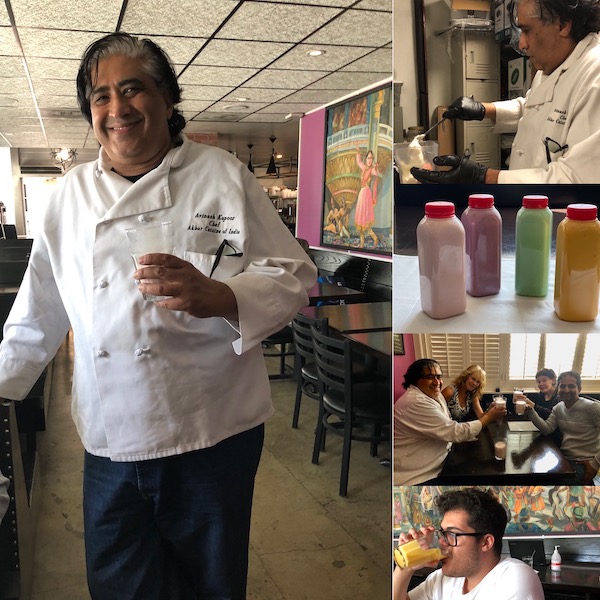
National Dairy Month started in June,1937 as a way to sell excess milk in the warm summer months. Within two years, National Dairy Month moved to national prominence. Today it’s a full-blown celebration of all things dairy, with parades, festivals, and farm-inspired activities all around the U.S. in the month of June.
This past year we discovered surprising new favorites from (1) home baking, (2) a new farmers market visit that led us to Stepladder Ranch cheeses (part 2 of this article), (3) winning a pink pineapple competition that inspired a new Indian Lassi flavor, and another dairy story: buttermilk.
Classic Indian lassi was actually invented as a way to use up the “buttermilk” or rich liquid that remained after cream was churned into butter. The leftover liquid is termed as Buttermilk, which is commonly known as ‘Chaati ki Lassi’. Thousands of years old, the drink originated in the Punjab in northern India.
Chef-owner Avinah Kapoor remembers drinking it this way, when he was a kid on a farm in northern India. So did others at our table (see above): Avi’s Katie-roll Partner, Sri Sambangi, growing up on a south Indian farm; Cathy Arkle on a farm in the heart of the country, and even me, who has family with a beloved “gentleman’s farm” that included dairy cattle, near Ann Arbor, Michigan.
These days it is made with milk and yogurt, at all Indian restaurants, including his Kapoor’s Akbar in DTLA and Akbar in Marina del Rey, . And sugar. Chef Avi Kapoor discovered that with very sweet pink pineapple “there isn’t even a need to add sugar!”
Every Indian restaurant serves lassis. And there are many, many easy to follow recipes to make your own lassi at home. And videos that prove how easy it is to make.
Still, Lassi not only is refreshing but it it healthy, loaded with good bacteria that promotes a healthy gut and can help healing the stomach. the probiotic content in lassi makes it a perfect dose to cure several digestion related issues. The calming effect of lassi is known to prevent sun strokes. Healthy protein helps in building muscle mass, and also improves bone mineral density and aids in weight loss.
Bakers lament because commercial “buttermilk” is only sold in quart containers and they have unusable leftovers. We used what we needed for a recipe and wound up happily drinking the rest of the buttermilk, straight. Turns out I am not the only one who loves the stuff. Buttermilk bars were set up by the Salvation Army during Prohibition as a refreshing alternative to alcoholic drinks. And it was a favorite of my own mom.

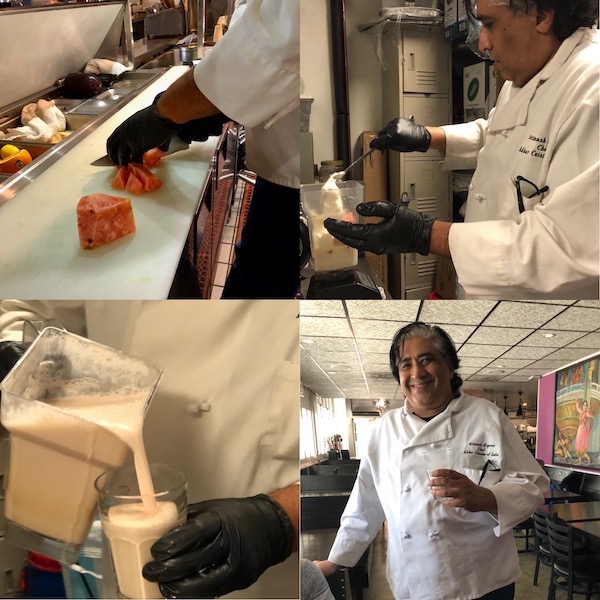
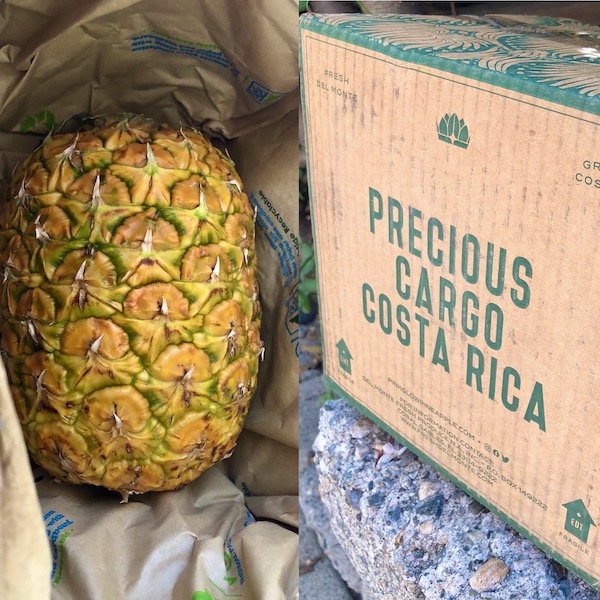
Lassi not only is refreshing but it it healthy, loaded with good bacteria that promotes a healthy gut and can help healing the stomach. The calming effect of lassi is known to prevent sun strokes. Healthy protein helps in building muscle mass, and also improves bone mineral density and aids in weight loss.
Bakers lament because commercial “buttermilk” is only sold in quart containers and they have unusable leftovers. We used what we needed for a recipe and wound up happily drinking the rest of the buttermilk, straight. Turns out I am not the only one who loves the stuff. Buttermilk bars were set up by the Salvation Army during Prohibition as a refreshing alternative to alcoholic drinks. And it was a favorite of my own mom.

And It turned out that we were not drinking real buttermilk this year because buttermilk is made from cream, not milk like the ones on the market now. Buttermilk is the liquid that’s left when cream is churned into butter, the very same that inspired the Indians to create “lassi” in the first place. If you look carefully, you will see that “buttermilk” sold in cartons at the supermarket is labeled, “cultured skim milk.”
The only true buttermilk commercially available is Kate’s Real Buttermilk from Maine, found in Northeastern supermarkets. The Federal Government recognizes that cultured skim milk isn’t buttermilk, but it’s not a big enough problem to force dairy companies to change their labels
Real buttermilk contains amazing emuslifiers that can only be found in cream. Dr. Robert Bradley, Professor Emeritus in the Food Science Department at the University of Wisconsin explains, explanation: “Phospholipids are the emulsifiers in cream. They are part of the fat globule membranes. Churning cream causes collisions of the fat globules. When the collisions occur, the membranes are stripped off and go into the buttermilk.”
And that’s why Real buttermilk is the secret to exceptional baked goods. Its resounding emulsifiers make cakes, biscuits, and muffins more tender and taste richer and moist even though buttermilk is low in fat.
As kids at home, we always drank milk, which my mother walked to get in half gallon glass bottles from a neighborhood dairy story. My parents did not drink although my mom’s favorite things in the world in addition to buttermilk was cheese (and salad greens – a real California girl born in Europe!).
This lockdown year of reflection, it occurs to me that I have never given milk a thought since the “food police” have frowned on dairy for decades. This is not to say that I don’t put 1/2 and 1/2 into espresso when it is available, eat ice cream and an egg every other day!






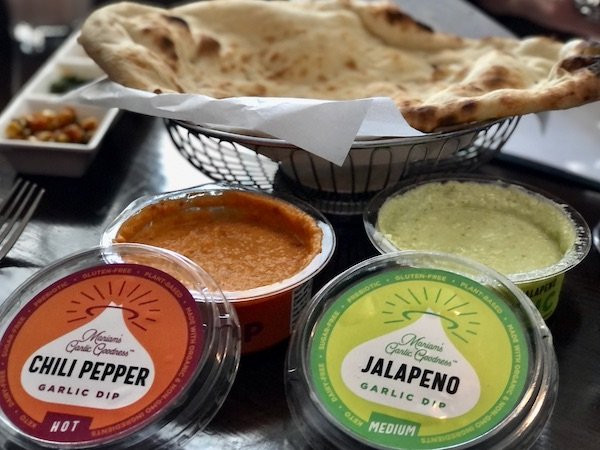

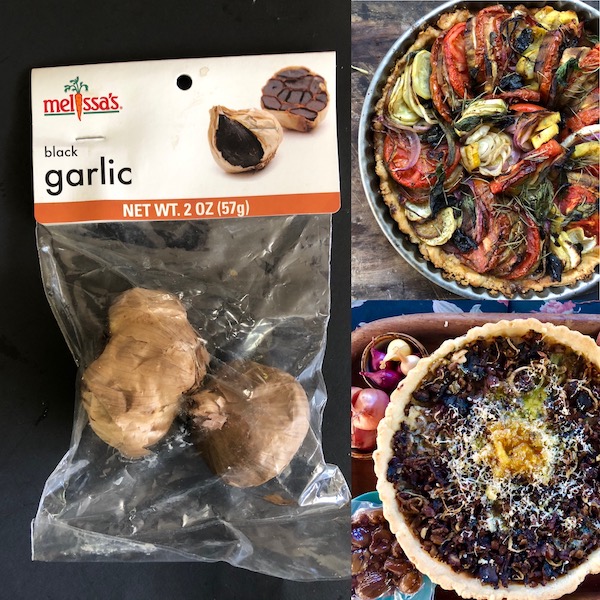
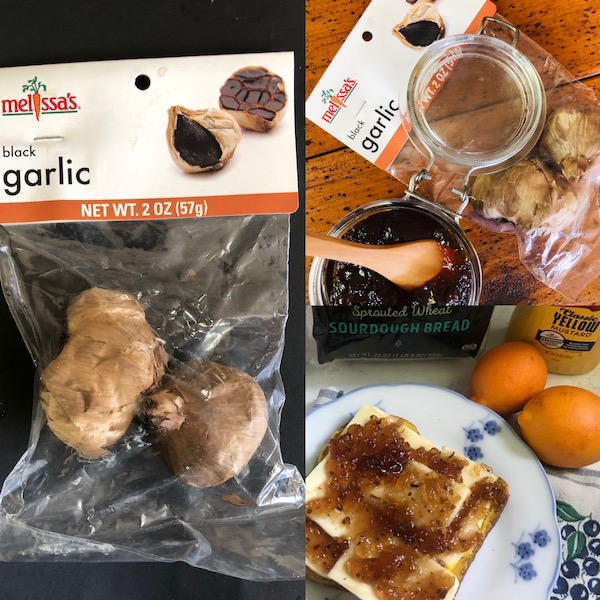



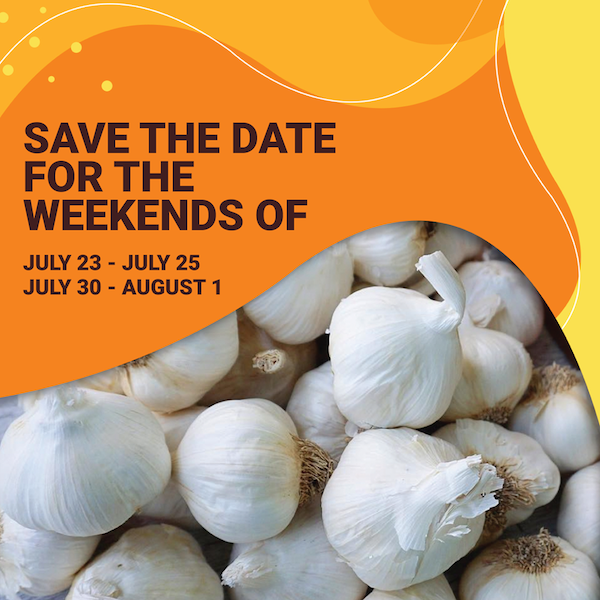













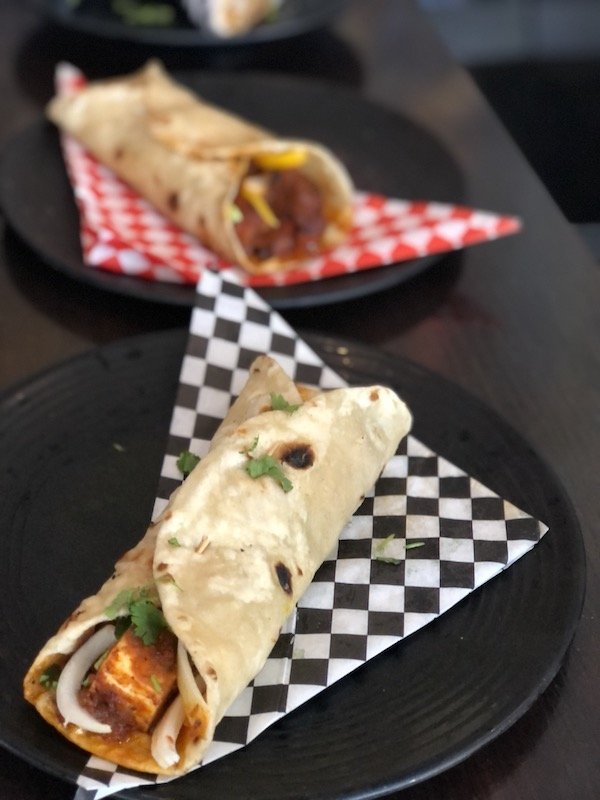



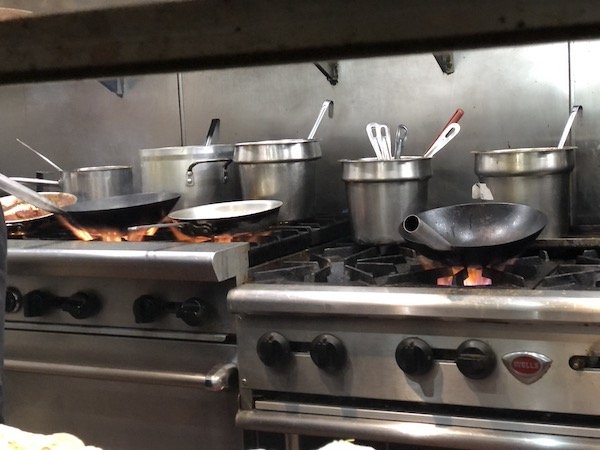
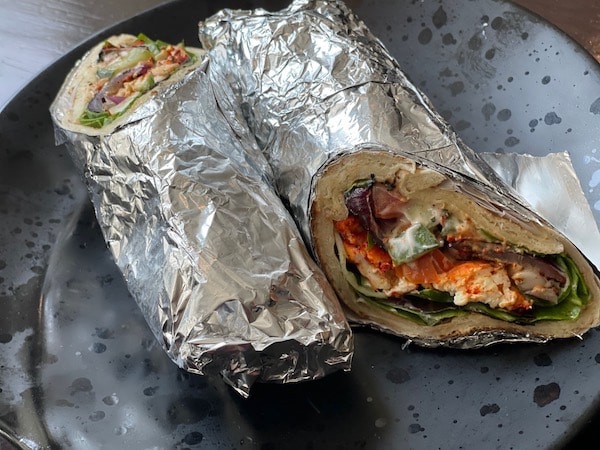






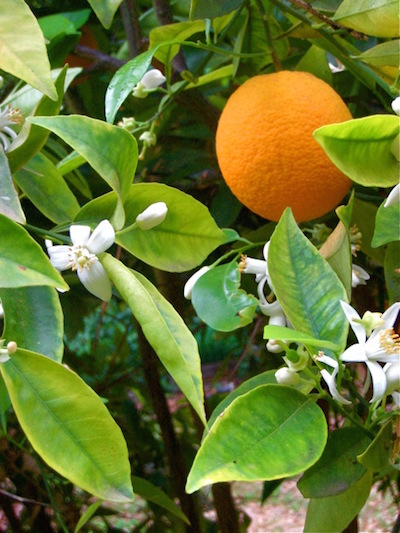





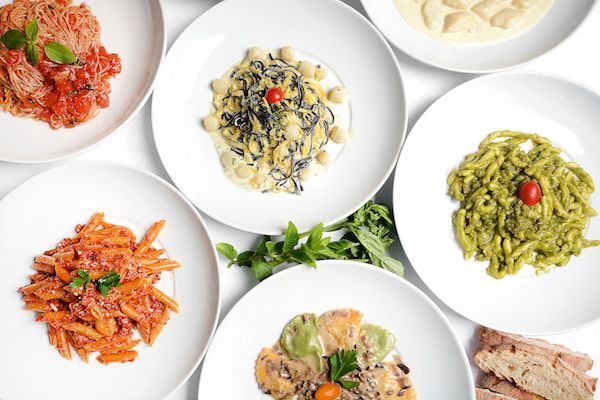


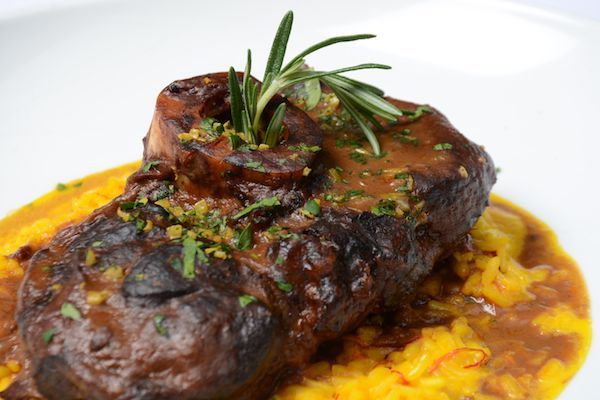
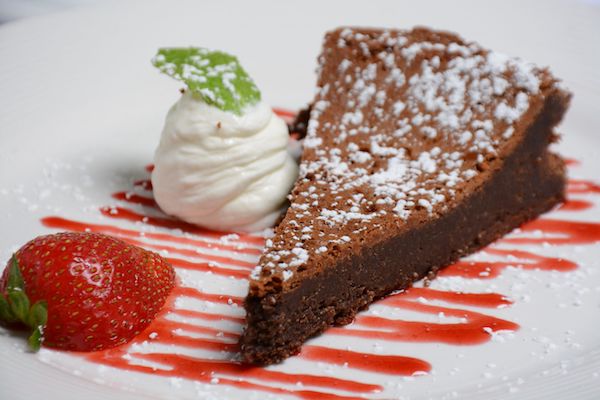

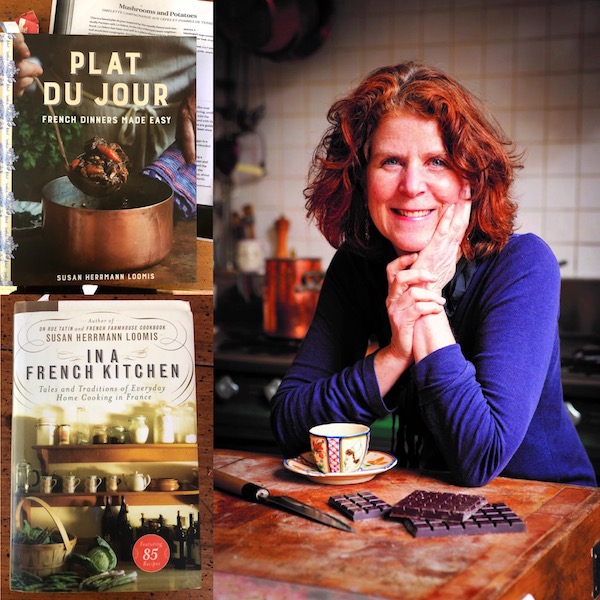
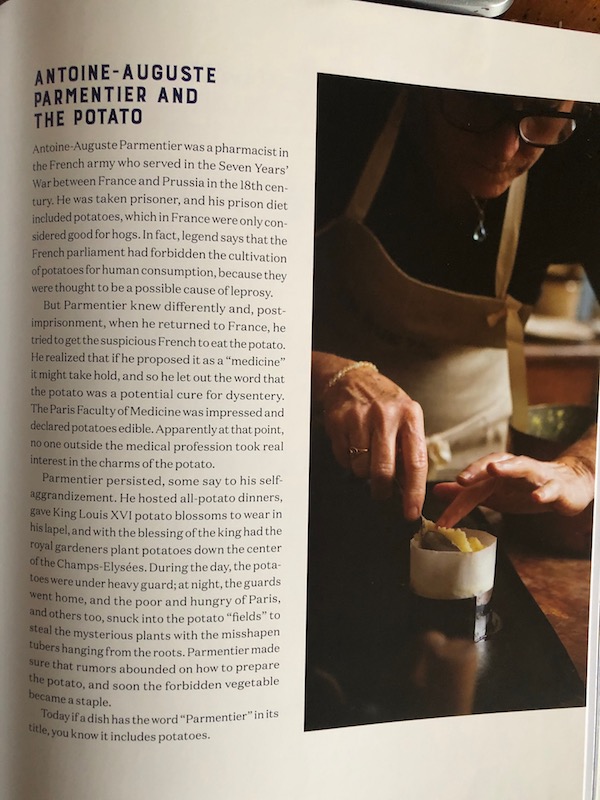

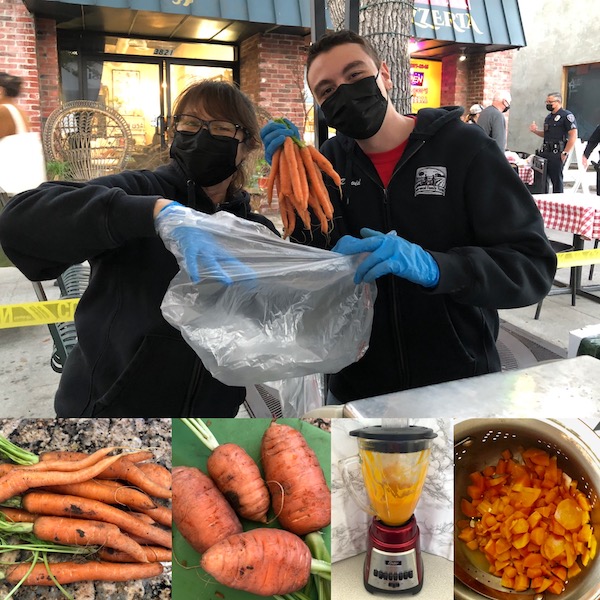

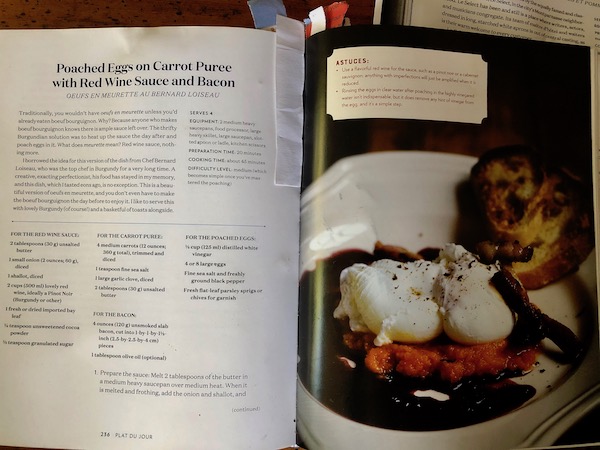

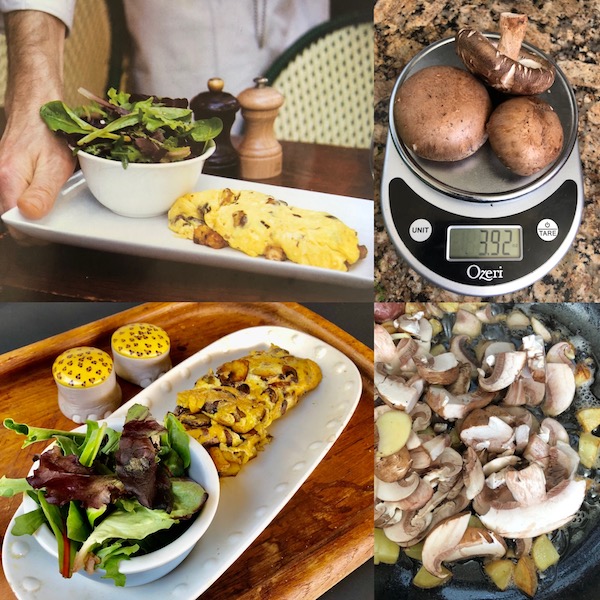
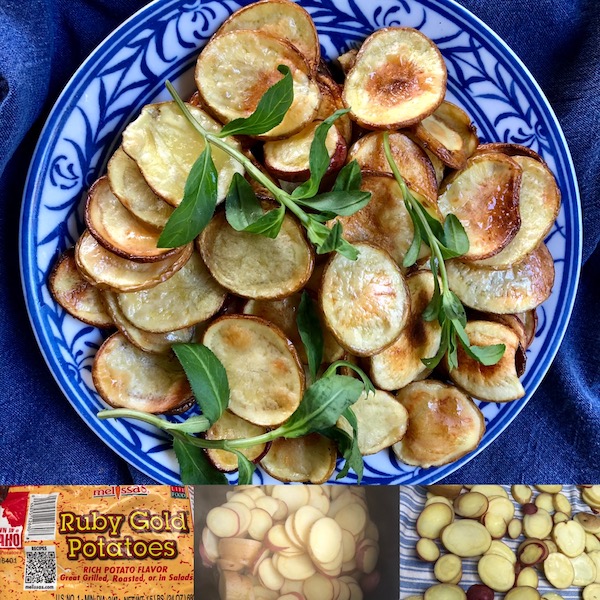



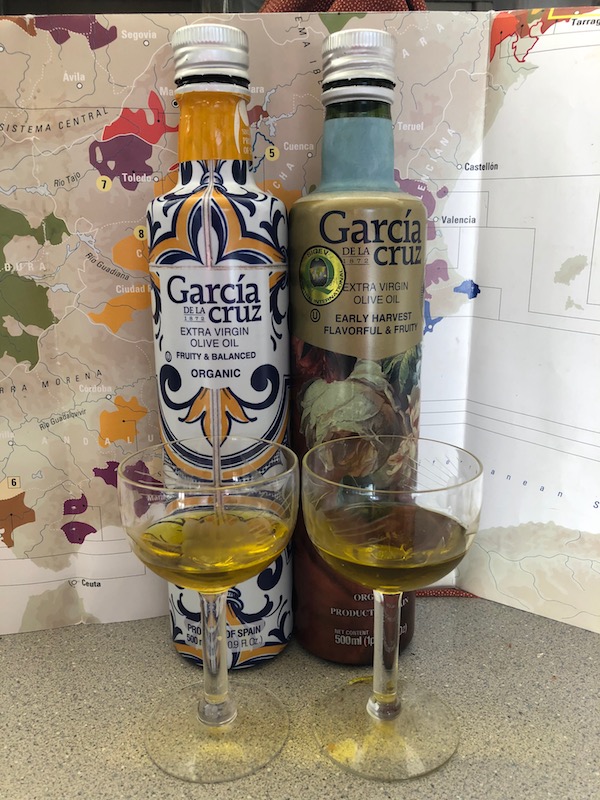


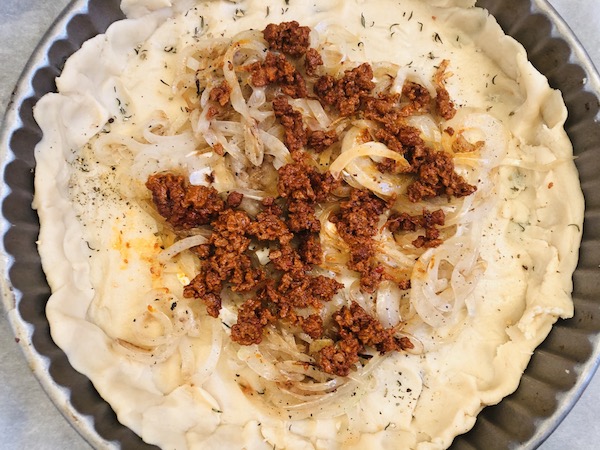
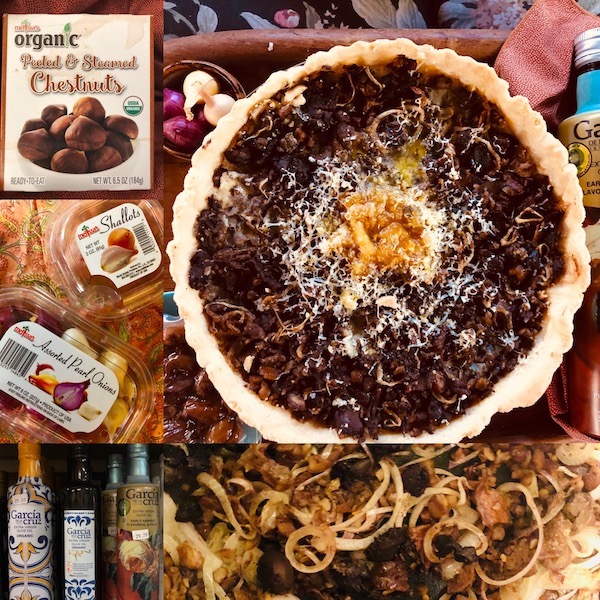




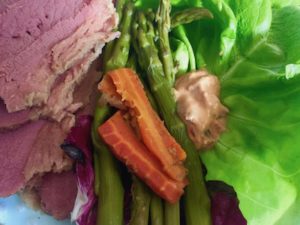



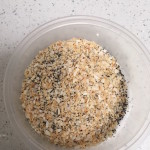 The “everything” bagel topping (bread directions, photos courtesy of Roberta R. Deen)
The “everything” bagel topping (bread directions, photos courtesy of Roberta R. Deen)





 Gerry Furth-Sides
Gerry Furth-Sides  Barbara Hansen
Barbara Hansen  Chef-owner Alain Cohen
Chef-owner Alain Cohen  Roberta Deen
Roberta Deen  Jose Martinez
Jose Martinez  Nivedita Basu
Nivedita Basu